 Crop Management
Crop Management
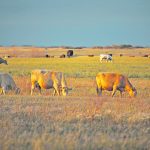
Sask. livestock producers to receive drought assistance

Feds have too much influence over ag research – Humboldt farmer
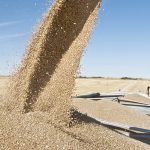
Farmer experiments with protein monitor
Technology is used in spring wheat fields to manage nitrogen use, maximize yields and reduce extremes that can occur in production
GROSSE ISLE, Man. — In farming, there are late adopters of technology, there are early adopters and then there’s Rick Rutherford. As an example of his eagerness to try new things, Rutherford was ahead of the curve on yield mapping. He began using yield monitors and producing yield maps more than 25 years ago. “I’ve […] Read more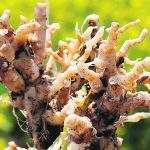
New clubroot strains found in Alta.
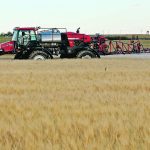
Push for ‘glyphosate-free’ causes market risks
Keep It Clean website provides farmers with detailed information on how to properly use glyphosate as a pre-harvest aid
Glyphosate is registered for pre-harvest weed control in many Canadian crops. But with public and food industry attention on the herbicide, applying it to a crop in August is still a major market risk for farmers and Canada’s grain trade. For instance, it can be sprayed on pulse crops to control weeds because maximum residue […] Read more
Clubroot research receives funding boost in Alta.
Scientists hope to identify naturally occurring genes that boost resistance and then breed that resistance into new canola varieties
Researchers at the University of Alberta have received $1.25 million to look for new ways to help farmers fight clubroot, a disease threatening Canada’s multibillion-dollar canola sector. As part of a five-year research project, scientists hope to identify naturally occurring genes that boost resistance to clubroot, as well as breed such resistance into new canola […] Read more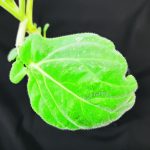
Hairy canola research embarks on long and winding road
Scientist takes research in a different direction as efforts continue to breed canola with plant hairs to fend off flea beetles
Plant hairs may provide better natural pest control than insecticides. The knowledge that plants with plant hairs, called trichomes, are unpleasant to insects and animals is not new but using it to make canola undesirable to flea beetles remains an ongoing challenge. Varieties of hairy canola have been in development for more than 20 years. […] Read more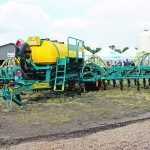
Lemken introduces Equalizer drill
Another no-till seed drill option for farmers will soon hit the market as European manufacturer debuts new implement
Prairie farmers have seen the number of no-till drills on the market grow significantly over the past two decades. Soon, one more will be added to that group, one with a very international pedigree. Germany-based Lemken, which has had a strong presence in the tillage implement market here for several years, has announced it intends […] Read more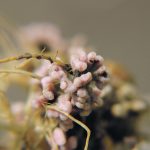
Manitoba on-farm trials examine seed treatments
If seed treatments are marketed as an insurance, should growers buy insurance against a pest they don’t have?
The on-farm-network agronomy program is a dig-in-the-dirt activity of Manitoba Pulse and Soybean Growers. The digging and root checking is performed in pursuit of pink nodules on legume roots. Among other things, a root check can tell the grower whether the seed treatments and inoculants of his choice are working. For 2023, MPSG is running […] Read more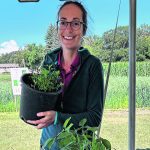

 Crop Management
Crop Management

